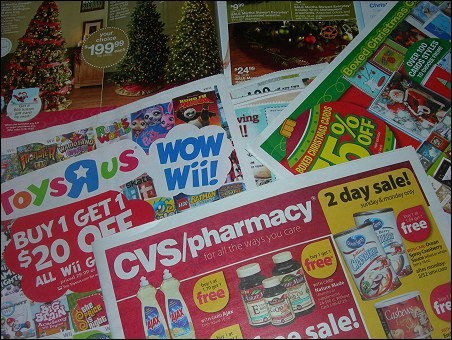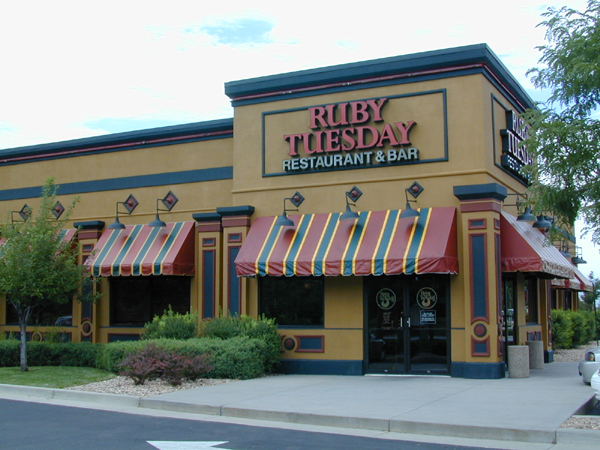Left to Our Devices.
I love to hike. I love nature. I love to see things I’ve never seen before and learn things that stimulate and make me want. I love watching people and kids and all things pretty. To do so — I have to keep my eyes open, look up, stay out of ruts and be interested in my surroundings.
What scares me about our culture today is how many of us, especially kids, hide in our devices. On a subway platform during rush hour, prime people watching time, there are probably 400 pounds of electronic devices in use. Every other ear has a bud in it. If lips are moving, unless the station is deeply tunneled, they are talking into phones. Others are reading books on Kindles or watching film on smart phones. Very few people are talking to one another. Most heads are down.
As marketers, the down head is the enemy. We need to engage people in ways they make them look up. In ways that make them think and comment. Marketers and advertisers need to engage (an advertising word my father Fred Poppe rode to prominence back in the 80s) rather than spam. OOH (out of home) ad creators get this. Walk around SOHO in NY and see if you can keep your eyes off the billboards. Or the people, for that matter. Market to be noticed. Peace!




